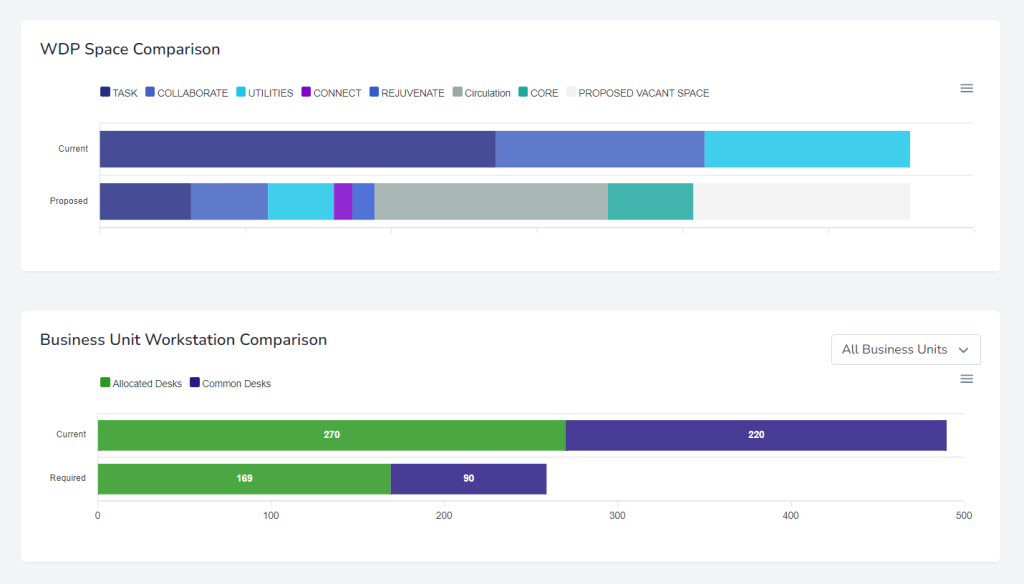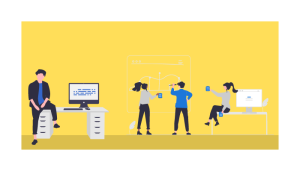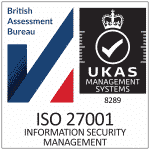What Is Scenario Planning?
We all know that the world has changed, especially at work. Remote teams are now the norm. Flexible working and remote working is widely available. Some even say the traditional office is dead with conventional methods of managing workspace.
It’s not as simple as working off of building capacities anymore. It would help if you had a plan of action to give the best value to your business and your employees.
And for many of you, this is where scenarios come in. However, scenario planning can mean many things, depending on the person. The traditional scenario planning process takes how many workstations, conference rooms etc., and what departments or teams you need.
It works out an office design to get them in the building based on seating ratios and tells you how much space you have that is potentially vacant. There’s nothing wrong with this; this can be ideal for many businesses. However, is this all scenarios can be? We don’t think so.
Scenario planning is not just potential seating plans – it is changing design principles, changes to employee working behaviours and changing workplace culture.
So How Do You Do Scenario Planning?
Well, here at The Changing Workplace, we’ve been exploring the potential benefits of integrating workplace design principles more closely with the space planning process.
Historically design requirements were more consistent and predictable, making them more manageable to plan and implement. However, with the current trend towards hybrid working and a focus on activity-based working (ABW), workplace design requirements have changed drastically and become much more complicated.
Still, many are trying to discover what best suits their future of work. As a result, finding the correct workplace requirements and predicting their impact on your business is much more challenging.
Before implementing new workplace design principles, it’s essential to know how this compares to the current space and the impact it will have on future scenarios, space and the teams using it.
There’s also an opportunity to analyze and compare different workplace design principles to identify potential areas of improvement and optimization.
For this reason, and in collaboration with our clients, we produced a functional prototype to understand the problems clients face. Furthermore, the prototype demonstrates the potential value of analyzing the impact of different workplace design principles.

The prototype consumes data about your current space layout and the teams that use it to serve as a performance review to measure potential scenarios. Then, you define a scenario based on workplace design rules such as sharing ratios, space types, allocation rules, quantities and capacities.
This scenario is compared against the initial baseline, generating insights about how those rules would transform the space. In addition, you gain clarity on the potential vacant space that could be recovered to be repurposed or divested, as well as how it would impact the teams.






